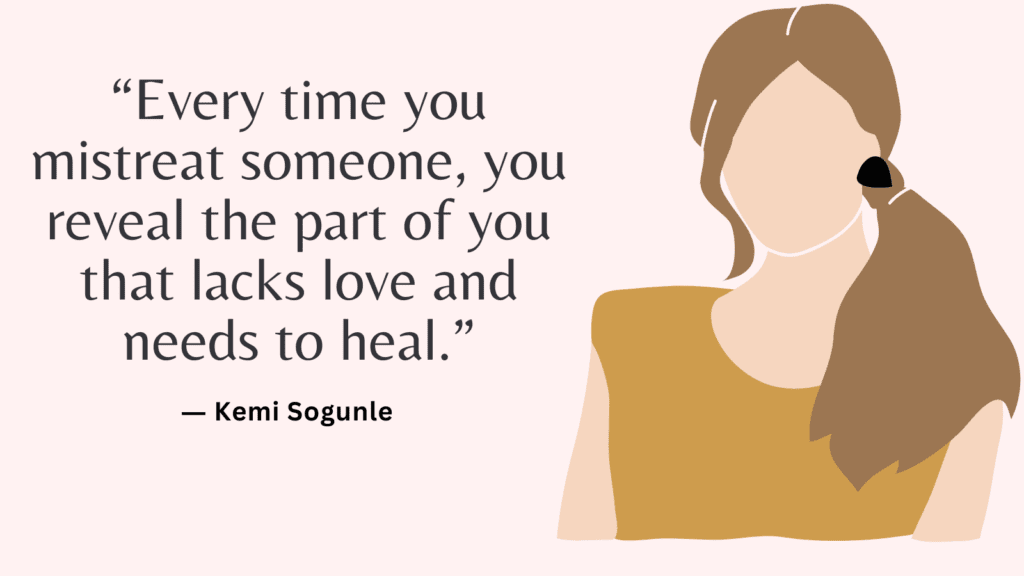Boundaries are essential for maintaining healthy relationships and personal well-being.
However, not all boundaries are created equal.
Understanding the difference between unhealthy and healthy boundaries can help you navigate relationships with greater awareness and protect your emotional and physical well-being.
Here’s a breakdown of the key differences between unhealthy and healthy boundaries.
Unhealthy vs. Healthy Boundaries: What’s the Difference?
Unhealthy Boundaries
1. Overly Rigid Boundaries
Characteristics:
- Avoiding closeness or intimacy in relationships.
- Refusing to ask for help or accept support from others.
- Being overly protective of personal space and privacy.
- Keeping others at a distance emotionally and physically.
Rigid boundaries can lead to isolation, loneliness, and difficulty forming deep, meaningful connections with others. They may also prevent you from receiving the support and love you need.
2. Overly Permeable Boundaries
Characteristics:
- Allowing others to take advantage of you or violate your personal space.
- Difficulty saying no, leading to overcommitment or burnout.
- Sharing too much personal information too quickly or with the wrong people.
- Being overly dependent on others for validation or decision-making.
Permeable boundaries can lead to feelings of being overwhelmed, taken advantage of, and lacking control over your own life. They may also result in resentment and emotional exhaustion.
Related: Top 10 Books About Setting Boundaries
3. Unclear Boundaries
Characteristics:
- Being unsure of where you end and others begin, leading to enmeshment.
- Blurring the lines between your responsibilities and those of others.
- Struggling to define or communicate your needs and limits.
- Allowing others to dictate your feelings, thoughts, or actions.
Unclear boundaries can result in confusion, resentment, and a loss of personal identity. They may also lead to codependent relationships where individual needs are neglected.
Healthy Boundaries
1. Clear and Firm Boundaries
Characteristics:
- Clearly stating your needs, limits, and expectations in relationships.
- Feeling comfortable saying no without guilt or fear of rejection.
- Protecting your time, energy, and personal space appropriately.
- Respecting others’ boundaries and expecting the same in return.
Clear and firm boundaries promote mutual respect, healthy communication, and a balanced relationship dynamic. They help you maintain your sense of self while still being connected to others.
Related: How to Identify and Set Non Negotiable Boundaries?
2. Flexible Boundaries
Characteristics:
- Adjusting boundaries as needed based on context, relationships, or circumstances.
- Being open to compromise and negotiation in healthy ways.
- Allowing for closeness and intimacy while still maintaining a sense of self.
- Knowing when to relax or reinforce boundaries depending on the situation.
Flexible boundaries allow for adaptability and growth in relationships while still protecting your core values and needs. They promote healthy, dynamic connections that can evolve over time.
3. Respectful Boundaries
Characteristics:
- Communicating boundaries with kindness and respect, without being defensive or aggressive.
- Listening to and honoring others’ boundaries.
- Understanding that everyone has different comfort levels and needs.
- Encouraging open dialogue about boundaries in relationships.
Respectful boundaries create a foundation of trust and mutual understanding in relationships. They foster a safe environment where both parties feel valued and respected.
Related: 7 Types of Boundaries (+FREE Worksheets)
Key Differences Between Unhealthy and Healthy Boundaries
1. Control vs. Autonomy:
Unhealthy boundaries often involve a lack of control over one’s own life or an attempt to control others.
Healthy boundaries, on the other hand, support personal autonomy while respecting the autonomy of others.
2. Dependence vs. Independence:
Unhealthy boundaries can lead to dependence on others for validation or decision-making, while healthy boundaries encourage independence and self-sufficiency.
3. Isolation vs. Connection:
Unhealthy boundaries can result in either isolation (rigid boundaries) or enmeshment (permeable boundaries).
Healthy boundaries allow for meaningful connections without losing one’s sense of self.
Related: What Do Boundaries Sound Like? + 35 Boundaries Examples
4. Resentment vs. Respect:
Unhealthy boundaries often lead to resentment, either from being too rigid or too permeable.
Healthy boundaries foster mutual respect and understanding in relationships.
5. Guilt vs. Confidence:
Unhealthy boundaries can cause feelings of guilt when asserting needs.
Healthy boundaries allow you to confidently express your needs without guilt or fear.
Related: +100 Examples of Boundary Violations & How to Deal With It

Conclusion
Understanding the difference between unhealthy and healthy boundaries is essential for creating balanced and fulfilling relationships.
By recognizing the characteristics of each, you can begin to adjust your own boundaries, ensuring they protect your well-being while fostering positive interactions with others.
Remember, setting and maintaining healthy boundaries is a skill that can be developed with practice, leading to more respectful and supportive relationships.



